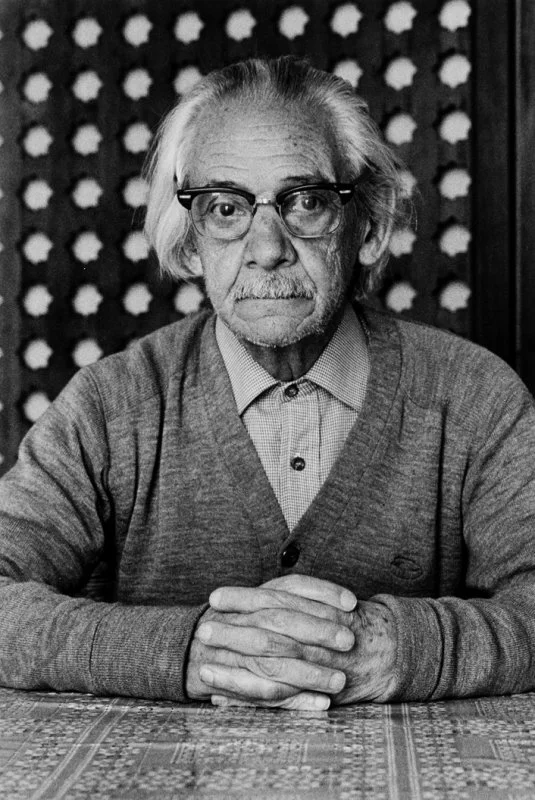Manuel Álvarez Bravo
Manuel Álvarez Bravo (1902–2002) was one of Mexico’s most renowned photographers, celebrated for his black-and-white images that captured the essence of Mexican culture, daily life, and surreal symbolism. Largely self-taught, he purchased his first camera at age twenty while working a government job and later studied at the Academy of San Carlos. Álvarez Bravo was deeply influenced by the cultural renaissance following the Mexican Revolution, documenting the country’s landscapes, indigenous traditions, and artistic movements. Introduced to Edward Weston and Tina Modotti in the late 1920s, he became part of Mexico’s avant-garde art scene, forging connections with figures such as Diego Rivera and Frida Kahlo. His work, often associated with Surrealism despite his own reluctance to embrace the label, revealed a poetic interplay between reality and mystery, emphasizing themes of mortality, folk traditions, and the passage of time.
Álvarez Bravo’s career spanned over seven decades, with more than 150 solo exhibitions and 200 group shows worldwide. His photographs were included in major exhibitions such as The Museum of Modern Art’s The Family of Man (1955), and he was honored with retrospectives at institutions like the J. Paul Getty Museum. Beyond fine art, he contributed to publications such as Mexican Folkways and documented the work of Mexico’s leading muralists. His work is now held in the collections of the Art Institute of Chicago, the Metropolitan Museum of Art, and the Los Angeles County Museum of Art, among others. Until his passing in 2002, Álvarez Bravo remained a defining voice in Latin American photography, offering a profound visual record of Mexico’s evolving identity.

